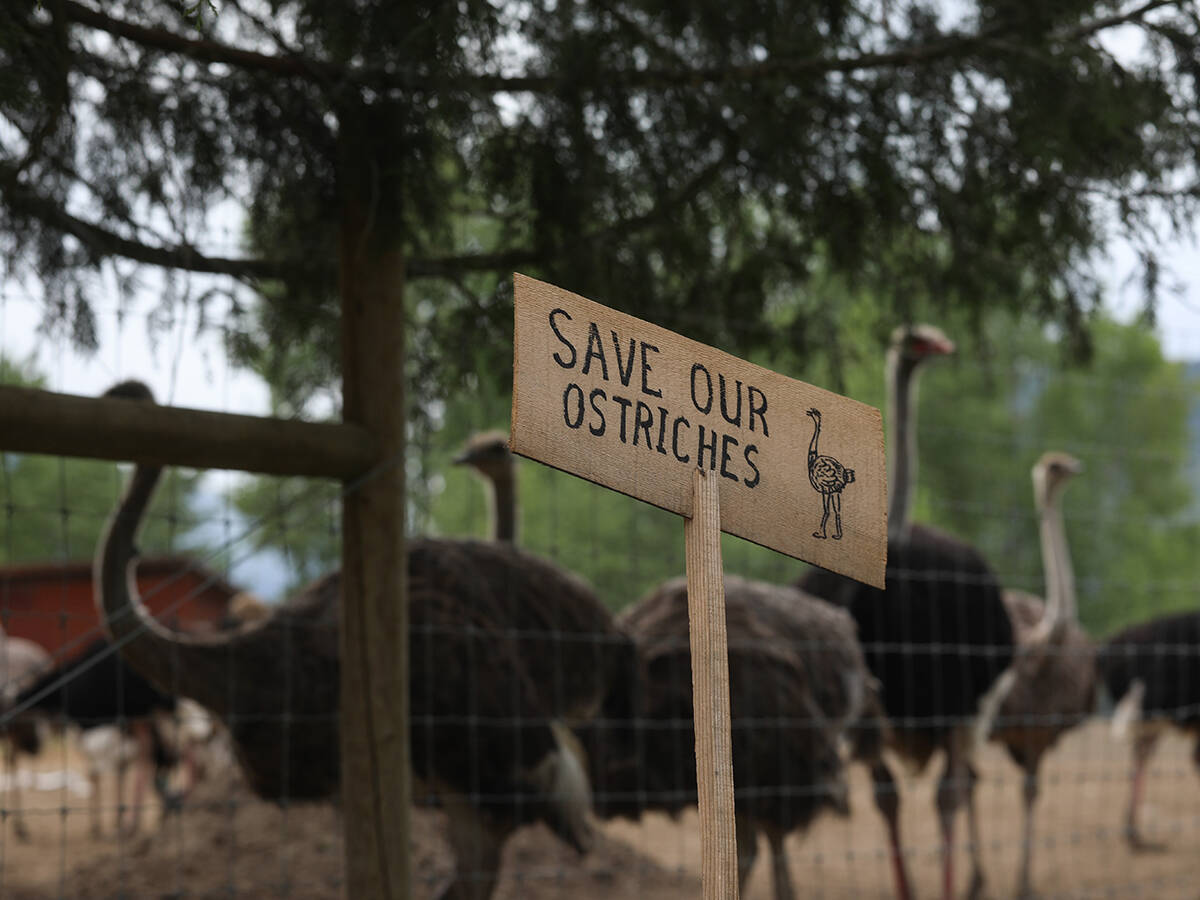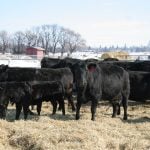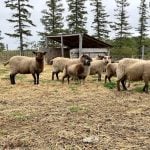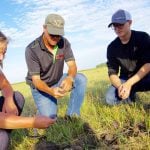LETHBRIDGE, Alta. – Most cattle producers know how to select sires that bring obvious improvements to their beef herds.
Higher growth rates, no horns and even a gentler temperament are possible when breeders know the history of the bulls they mate to their cows.
With improved understanding of which qualities are highly heritable and which are not, North American cows are probably at their optimum performance in terms of growth, says one animal scientist.
Now, more emphasis should be placed on breeding for better meat. Producers can achieve this by studying genetic information like expected progeny differences on many purebred beef sires.
Read Also

Ostrich farm case shows power of social media
The social media circus surrounding the BC ostrich farm, could happen again in Canada, says communication expert
“We need to identify those sires and work towards carcass EPDs in all the breed associations,” said Don Kress of Montana State University.
He spoke about genetic improvements at the international beef symposium held here Jan. 6-9.
Expected progeny differences provide a prediction of future performance of progeny from an individual animal based on information like weaning and yearling weights.
While many producers understand improved meat quality is necessary to raise beef consumption, they need more carcass data to see if they are getting closer to the goal. Since they are paid by weight rather than grade, they need evidence of whether they are improving quality.
Besides studying statistics to introduce improvements, breeders must consider whether to use traditional or non-traditional breeding programs. Non-traditional breeding involves biotechnology in the breeding program including artificial insemination or embryo transfer, said Bob Kemp of Agriculture Canada’s Lethbridge research centre.
Bigger not better
Until recently, cattle producers placed most of their emphasis on traits like frame size and height. The animals became bigger but the meat quality slid downward.
“If we just jump on one wagon for genetic improvement we will end up with the same problems we had before,” Kemp said.
Breeders know that traits like weaning and yearling weights are genetically linked so complete pedigree information using tools like expected progeny differences is necessary.
“We’re not just trying to improve the industry, we’re trying to accomplish genetic improvement for the individual,” said Kemp.
Improvements could be introduced quickly by using semen from proven bulls or embryos from high performance cows.
Artificial insemination is not new to the beef business, but it is not as widely used as it could be.
“It has been around for years but it has had a minor effect on the commercial industry,” said Kemp.
The industry is attempting to get more producers to use artificial insemination because it can increase selection accuracy. There is more information available about AI sires and their progeny so producers can choose for herd improvements.















